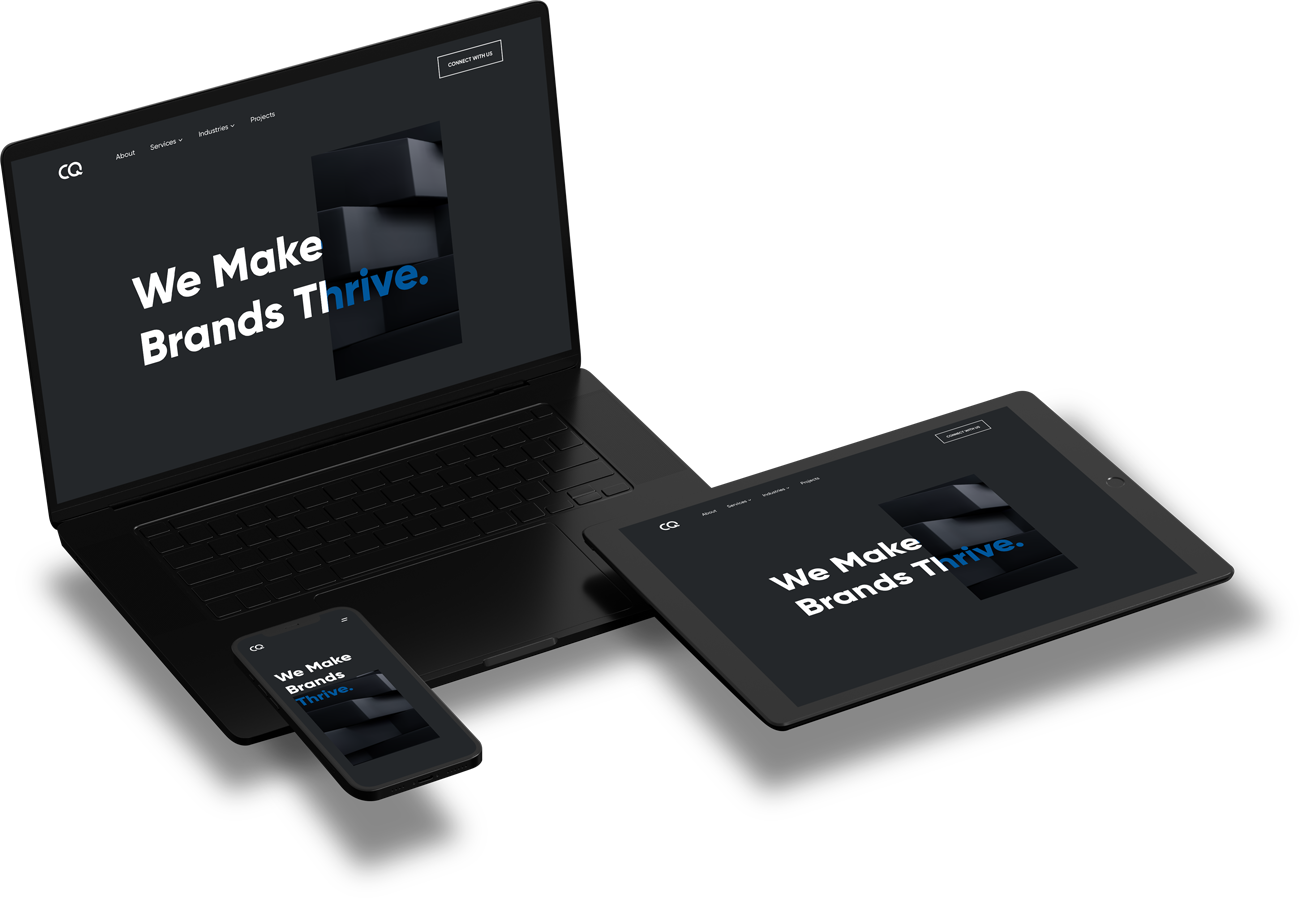 May 24, 2023
May 24, 2023

Organizations must keep up with rapidly changing technology trends in today’s fast-paced business environment to remain competitive. Legacy applications that were developed using outdated technologies can slow down business processes and limit the ability to innovate. An application modernization framework is a process that enables businesses to update and transform their legacy applications, making them more efficient, secure, and capable of meeting the needs of modern users. In this blog, we will cover the following:
The application modernization roadmap can take many forms, including re-platforming, re-hosting, re-factoring, re-architecting, or rebuilding. Each approach has its benefits and challenges, and the choice of approach depends on factors such as the complexity of the application, the business objectives, and the available resources.
To ensure the success of an application modernization framework project, businesses must follow a structured approach that is based on best practices and proven methodologies. Here are some key considerations for successful application modernization:
Before embarking on an application modernization project, it is important to understand the business objectives and how the modernized application will support those objectives. This will help ensure the modernization project is aligned with the business goals and delivers the desired outcomes.
The application modernization process involves multiple stakeholders, including IT teams, business users, and external vendors. It is important to engage all stakeholders throughout the modernization project to ensure everyone is on the same page and that their input is incorporated into the project.
Modernizing applications is not just about improving performance or reducing costs but also about delivering exceptional user experiences. It is important to focus on user experience throughout the modernization project to ensure that the modernized application meets the needs and expectations of users.
Cloud-based infrastructure can provide businesses with the scalability, flexibility, and cost savings they need to support modernized applications. It is important to consider cloud-based infrastructure as part of the application modernization strategy project to ensure the application fully utilizes cloud-based capabilities.
An application modernization framework requires a flexible and iterative approach to development. Adopting agile methodologies such as Kanban or Scrum can help businesses to deliver software faster, with higher quality and lower risk.
Several application modernization framework approaches are available, including re-platforming, re-hosting, re-factoring, re-architecting, or rebuilding. CraftedQ recommends choosing the method that best suits the needs of the business and the application being modernized.
Data is the lifeblood of any application, and it is critical to ensure data integrity throughout the modernization process. This includes ensuring data is migrated accurately, preserving data relationships, and ensuring data security and privacy.
Application modernization framework for 2023 involves significant application architecture, code, and data changes. It is important to focus on testing and quality assurance throughout the modernization process to ensure the modernized application is stable, performs well, and meets users’ needs.
An application modernization framework is a structured approach to modernizing applications based on best practices and proven methodologies. It provides a business roadmap outlining the critical steps in upgrading applications.
The first stage in an application modernization project is to assess the existing application to identify its strengths and weaknesses and the potential risks and challenges involved in modernizing the application. This analyzes the application architecture, code, data, and dependencies.
Based on the assessment, the next step is to define the business case for modernizing the application. This involves identifying the benefits of modernization, such as improved performance, security, and agility, as well as the risks and challenges involved in the project.
Based on the business case, the next step is to choose the best application modernization framework that best suits the business’s needs and the modern application. This may involve re-platforming, re-hosting, re-factoring, re-architecting, or rebuilding the application.
Once the application modernization approach has been chosen, the next step is to plan the modernization project. This involves outlining a project plan that consists of the project’s key activities, milestones, and deliverables, as well as the resources required and the timeline.
The next step is to modernize the application using the chosen approach. This involves implementing the changes to the application architecture, code, and data and migrating the application to the chosen infrastructure.
Once the application has been modernized, the next step is to test and quality to ensure that it is stable, performs well, and meets users’ needs. This involves functional testing, performance testing, security testing, and user acceptance testing.
The final step is to deploy and maintain the modernized application to ensure that it continues to meet the needs of the business and users. This involves monitoring the application, identifying and resolving issues, and making ongoing improvements.
Application modernization is critical for businesses that want to remain competitive in today’s fast-paced business environment. By modernizing applications, businesses can improve performance, security, agility, and user experience, while reducing costs and complexity.
